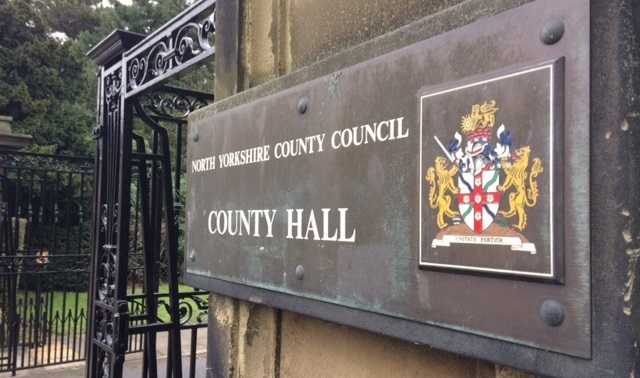
North Yorkshire County Council bosses claim there would be “huge disruption” to services for the frail and vulnerable as well as to children’s education if it loses part of its area in a local government shake-up.
Unveiling their proposal for a single unitary authority to cover the 8,053sq km area, the county council leadership have also claimed its plans would make significantly higher savings than would be achieved in a rival scheme by seven district and borough councils to divide the county and York into east and west authorities.
The county proposals, which will be considered by the authority’s 72 elected councillors next week, follow the county’s district councils highlighting how their research study had found “compelling evidence” that creating two unitary authorities of balanced size across North Yorkshire and York would provide the most savings for local taxpayers.
The financial impact of the changes will be one of the key battlegrounds, particularly amid signals that the government is likely to further tighten its grip on council funding following the pandemic.
However, the county council’s leader, Councillor Carl Les, said the districts’ proposals would save just 60 per cent of what the county council’s plan would.
He said: “It would save at least £30m a year through cutting red tape and reducing unnecessary senior manager and elected member costs. Over five years it has the potential to transform public services and save £252m to plough back into local services.”
The county’s proposal would serve a population of 618,000 for its unitary authority and a population of 211,000 for the York authority, which the district councils say both go against Government unitary council criteria, which sets the optimal population range between 300,000 and 600,000 people.
However, Cllr Les dismissed concerns the scale of the proposed North Yorkshire authority could lead to any drawbacks, saying the government had come up with a nominal figure. He also highlighted how the county’s proposal would bring potential economies of scale, continuity and greater sustainability.
Cllr Les said: “Since 1974 the county council has been delivering 80 per cent of the services by value.”
The county council has also claimed the districts’ proposal to break up its services would be “hugely disruptive for our most frail and vulnerable residents as well as to the education of thousands of pupils”.
When questioned over how the districts’ proposal would impact on services such as adult social care, the county council’s leadership said they were unclear as to precisely how the disruption would manifest itself, but that it would stem from those providing services having to make changes.
Following claims a single Northallerton-based unitary authority would be too remote for many, the county has pledged “a revolution in empowering residents and businesses” to secure what matters to them, establishing 25 community networks, offering more powers to town and parish councils and providing offices in every district alongside more than 30 access points.
Despite the distances between Selby, Whitby, Skipton and Hawes, the county council claims it is well placed with its experience to provide services across North Yorkshire, which it says has “one of the strongest identities of any English county”.
Faced with claims Selby had little, if anything, in common with Hawes an 84-mile drive away, Cllr Les said: “North Yorkshire is made up of many communities. We see that as an asset, not a liability.”


Be the first to comment